<--- Back to Details
| First Page | Document Content | |
|---|---|---|
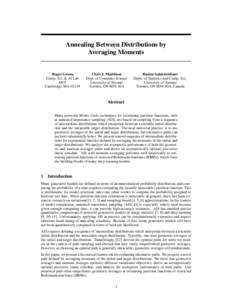 Date: 2014-01-10 16:19:46Exponentials Estimation theory Exponential family Log-normal distribution Fisher information Normal distribution Kullback–Leibler divergence Statistics Mathematical analysis Probability and statistics |
Add to Reading List |
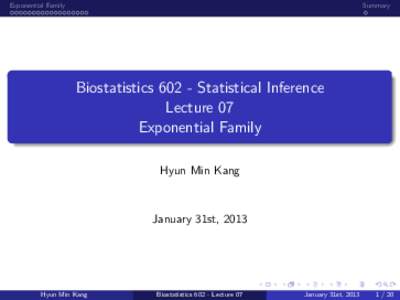 | Exponential Family .................. Summary .DocID: 1uWaB - View Document |
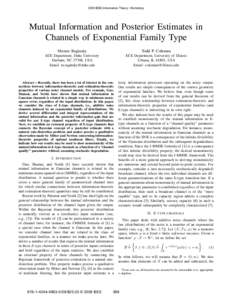 | 2009 IEEE Information Theory Workshop Mutual Information and Posterior Estimates in Channels of Exponential Family Type Maxim RaginskyDocID: 1uCUA - View Document |
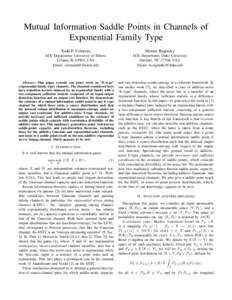 | Mutual Information Saddle Points in Channels of Exponential Family Type Todd P. Coleman Maxim RaginskyDocID: 1uy3L - View Document |
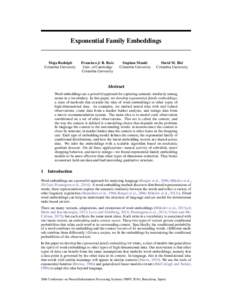 | Exponential Family Embeddings Maja Rudolph Columbia University Francisco J. R. RuizDocID: 1tyws - View Document |
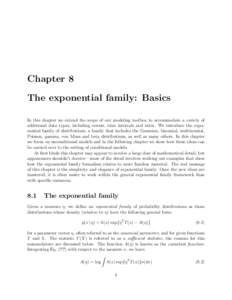 | Chapter 8 The exponential family: Basics In this chapter we extend the scope of our modeling toolbox to accommodate a variety of additional data types, including counts, time intervals and rates. We introduce the exponenDocID: 1tomA - View Document |
 Annealing Between Distributions by Averaging Moments Roger Grosse Comp. Sci. & AI Lab MIT
Annealing Between Distributions by Averaging Moments Roger Grosse Comp. Sci. & AI Lab MIT